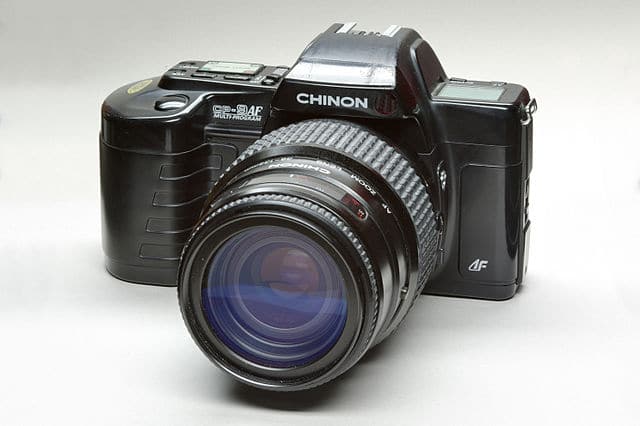Phase contrast microscopy is a light microscopy technique which is primarily used to visualise live cells. Using various filters and condensers, the image produced by phase contrast allows us to see greater detail in live cells and can highlight aspects such as intracellular structures.
Keep your cells alive!
The best way to view cells is to stain them- however, many histological stains and techniques are toxic to cells and are obviously unsuitable should you wish to keep your cells alive! Phase contrast microscopy is therefore a very useful technique in the cell culture laboratory.
A Nobel Prize winning discovery
Phase contrast microscopy was discovered by Fritz Zernike– a Dutch physicist who was working on optical properties of the visible spectrum in the 1930’s. The first phase contrast microscope was built during the Second World War and Prof Zernike was eventually awarded the Nobel Prize in 1953.
Fairly easy to understand
The principles of phase contrast are fairly easy to understand. When light travels through a translucent object, its properties change in terms of phase. Any object (such as a cell) which interacts with light in this way is known as a ‘phase object’. Now imagine light shining up from a source in an inverted microscope and through a cell culture dish to the objectives and eyepieces where you a looking down. The light which is passing through the actual cells in the dish will essentially be slowed down and be of a different phase than the light which is passing through the medium and flask which is housing the cells. However, this change in phase is only a quarter of a wavelength (or 90o) which isn’t enough to make a visible change to the human eye. We can only detect differences in amplitude (or brightness) of light.
Enjoying this article? Get hard-won lab wisdom like this delivered to your inbox 3x a week.

Join over 65,000 fellow researchers saving time, reducing stress, and seeing their experiments succeed. Unsubscribe anytime.
Next issue goes out tomorrow; don’t miss it.
Slowing down and speeding up
What Professor Zernike devised was a way to change the speed of the light which wasn’t interacting with the specimen. Using ring shaped filters and condensers, the phase of the undeviated light is advanced by a quarter (90o). As the light passing through the specimen is also changed by a quarter phase, then the difference between the light ‘affected’ by the cell (for example) and that which passes around or through a specimen ‘unaffected’ is now changed by half a wavelength out of phase (or 180o). This shift in phase results in a classic interference pattern. I’m sure many readers will remember this from learning physics- a wave and a trough cancel each other out, whereas two waves or two troughs result in an increase in amplitude.
I can see!
A change in amplitude can be detected by the human eye- we see this as a change in intensity. This intensity change can either be in the waves or the troughs- dark or light. Those ‘phase objects’ we wish to view are now ‘amplitude objects’ and the contrast is now visible to the human eye.
Dark phase
There are two types of phase contrast- ‘positive’ (or ‘dark phase’) and ‘negative’ (or ‘light phase’). These types can be determined by using different phase contrast rings in the microscope. In positive (dark) phase, the light passing through the object/cell is 180o (or half a wavelength) out of phase with the undeviated light. This ‘destructive interference’ results in cells or specimens which are dark against a light background.
Light phase
In negative (light) phase, the light passing through the object/cell is in phase with the undeviated light- this ‘constructive interference’ results in cells or specimens which are light against a dark background.
Playing in the waves
Now it’s your turn- by speeding up (or slowing down) light, you can create large waves, or flat calm, dark cells or light cells…
You made it to the end—nice work! If you’re the kind of scientist who likes figuring things out without wasting half a day on trial and error, you’ll love our newsletter. Get 3 quick reads a week, packed with hard-won lab wisdom. Join FREE here.







